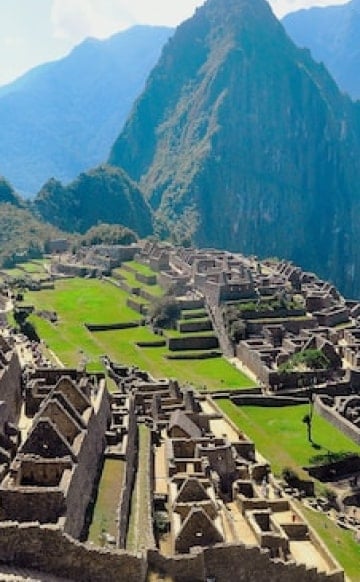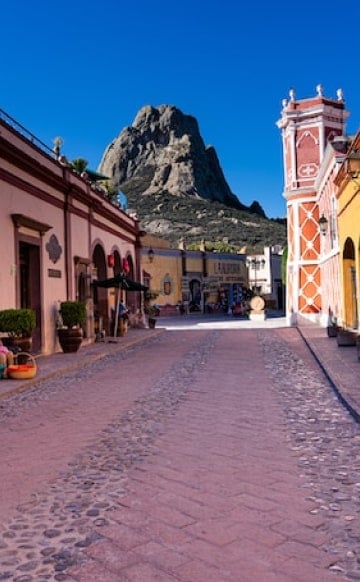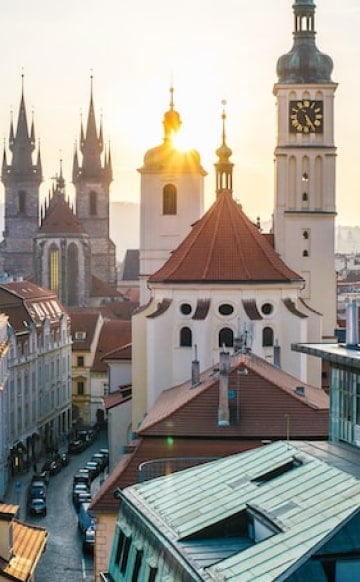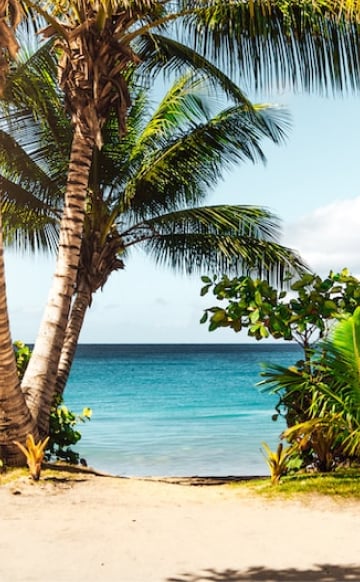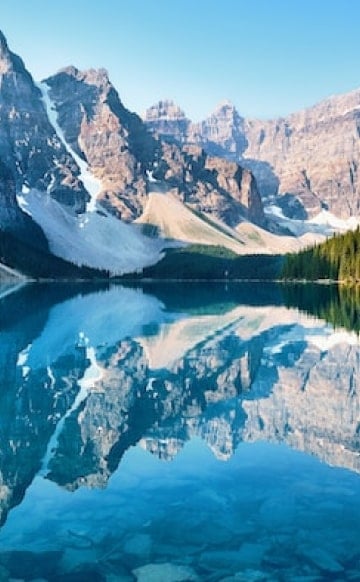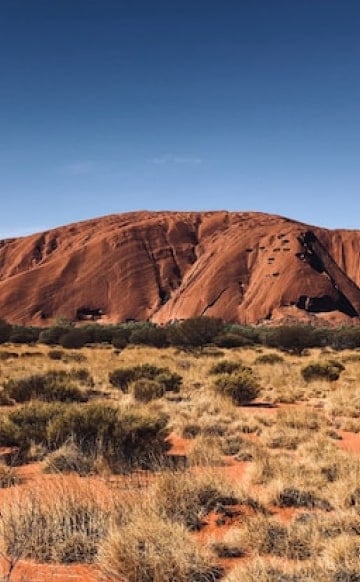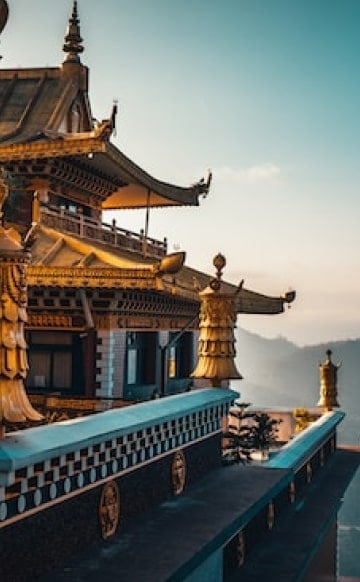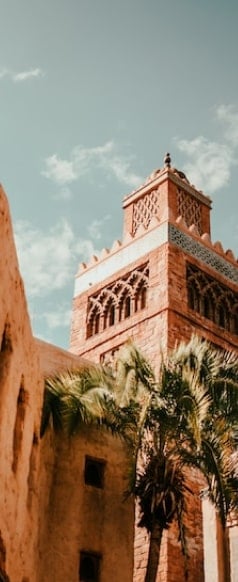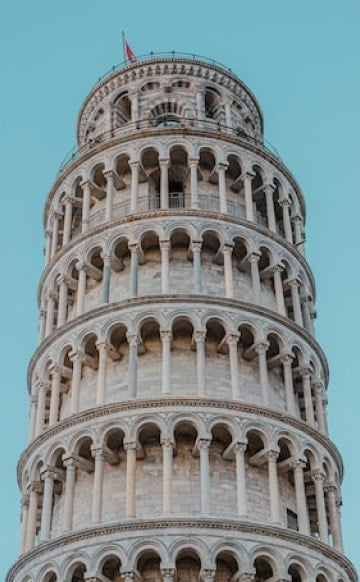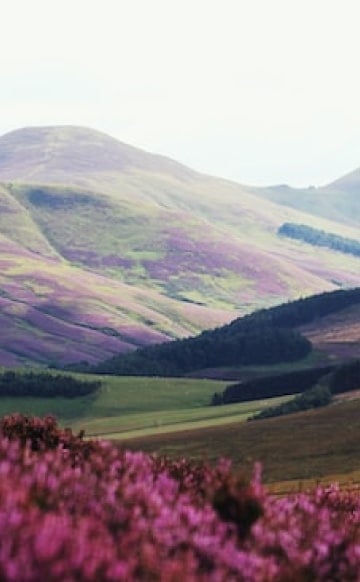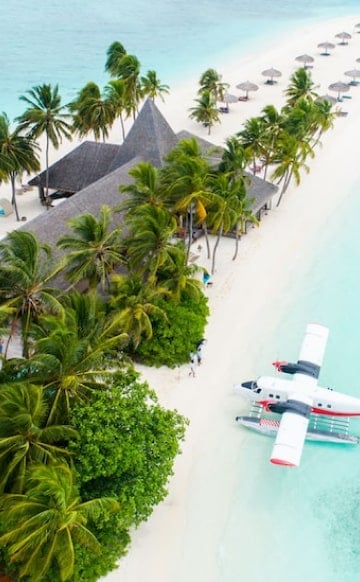America’s southwest is home to lots of jaw-dropping scenery – how do you decide where to go and what to see? If you’re thinking about a vacation in this majestic region, you may want to consider one or more of these especially spectacular destinations.

Garden of the Gods, Colorado
Garden of the Gods is often ranked as one of the top parks in the United States, where you can hike, ride horses, picnic or just relax and watch the rock climbers. The 1,367-acre park is owned by the City of Colorado Springs and was designated a National Natural Landmark in 1971. Here, the grasslands of the Great Plains meet pinon-juniper woodlands that are so characteristic of the Southwest, merging with the mountain forests of Pikes Peak.

Havasu Canyon, Arizona
Havasupai Canyon is located in a remote area of the Grand Canyon, part of the Havasupai Native Reservation. Not only is it one of the most breathtaking destinations in the southwestern U.S., but on the entire planet. Here, crystal clear cerulean waters plunge down fiery red cliffs into travertine swimming holes at the bottom. This truly spiritual place is not easy to get to, requiring a ten-mile trek in, but it’s well worth the reward. There are few other places on earth that offer the opportunity to visit five major waterfalls so close together, including famed Havasu Falls, Mooney Falls, Beaver Falls, Upper Navajo Falls and Lower Navajo Falls.

Carlsbad Caverns National Park, New Mexico
Just beneath the Chihuahuan Desert and Guadalupe Mountains in southeastern New Mexico lies a true hidden treasure at Carlsbad Caverns National Park. On the surface this area looks deceptively normal, in fact it’s hard to imagine that under this bleak stretch of landscape, there exists a spectacular world of exquisite beauty. Visitors are taken via elevator, 75 stories underground to an illuminated walkway where hundreds of formations are unveiled, including some that resemble ocean waves, soda straws and even the face of a mountain troll. The park is home to over 300 known caves, with more discovered every year.

Bisbee, Arizona
Bisbee’s beauty is at least in part due to its quirky character, charm and street art. This colorful, historic mining town, nestled a mile up in southeastern Arizona’s Mule Mountains, is a funky artists’ haven filled with Victorian homes that are perched precariously on steep hillsides. Many of its eclectic bungalows can only be reached by climbing old deteriorating stairways built into the picturesque mountainside. But it’s the street art that really makes it stand out. It’s literally everywhere you look. You’ll see beautifully painted murals, vehicles that have been transformed using a glue gun and a strange array of plastic figures, mosaic walls created with broken tiles and a kaleidoscope of glass bottles as well as artwork hanging on walls for which the rest of the house is missing. Visitors can also enjoy the town’s interesting collection of antique shops, art galleries, artist studios, eateries and museums, or even try their hand at a little ghost hunting as Bisbee is also known as one of the most haunted towns in the country.

Sedona, Arizona
Sedona is one of the most beautiful places in the country – there are few others on earth where you can find a landscape that is as dramatically colorful. Towering red rocks soar into an almost always bright blue sky that has inspired artists and photographers for years. Here, visitors can explore hidden canyons, hike or bike red rock trails, browse art galleries and relax in a world-class spa, all on the same day. After dark, Sedona’s skies offer one of the best light shows on earth. The haze-free and often cloud-free skies make stargazing a year-round activity. Free of humidity, the desert air also increases visibility. This magical four-season playground truly offers something for everyone, with its picturesque desert landscape creating a breathtaking backdrop for all kinds of active as well as spiritual pursuits.

Taos Pueblo, New Mexico
Taos Pueblo is one of the oldest continuously inhabited communities on the continent, drawing artists and photographers year-round. It sits in a small, sandy valley in northern New Mexico, and is the only living Native American community designated both a UNESCO World Heritage site and a National Historic Landmark. It’s the best-preserved northern pueblo, a traditional type of architectural structure from the pre-Hispanic period of the Americas, giving testimony to the culture of Pueblo Indians that developed after the disappearance of the Anasazi tribes in the region.

Monument Valley, Arizona
Monument Valley is one of the most enduring and definitive images of the American West. Eons of wind and rain carved the gargantuan red-sandstone monoliths into fascinating formations, many of which jut hundreds of feet above the desert floor in a scene that’s remained untouched for centuries. The isolated red mesas and buttes surrounded by a vast, sandy desert have been filmed countless times for movies, with nostalgic images that are sure to be familiar for John Wayne fans. It may be hard to believe that those colors you’ve seen in pictures and onscreen are truly as vivid in real life.

Lake Powell, Utah and Arizona
Lake Powell is a recreational paradise stretching for nearly 200 miles from northern Arizona into southern Utah, backing up behind Glen Canyon Dam with numerous side canyons forming a jagged 1,900-mile shoreline. More than 90 canyons can be reached by boat or kayak. It serves as a highway to adventure, allowing visitors to see sights that were virtually unknown in the days before the lake was created a half-century ago. You can take in majestic, panoramic views from Glen Canyon Bridge, the highest single steel-arch bridge in the world, but the best way to see it all is by boat, with guided tours available from Page, Arizona as well as a number of marinas nearby who will take you to see sights like Rainbow Bridge, the largest known natural bridge in the world. Houseboats, kayaks and motorboats can also be rented here.

Canyon de Chelly, Arizona
This nearly 84,000-acre canyon has been called one of the most sacred places on earth and is one of the Southwest’s truly most astounding natural wonders, rivaling even the Grand Canyon for beauty on a smaller scale. Its main gorges include the 26-mile long Canyon de Chelly as well as the adjoining 35-mile Canyon del Muerto, made up of sheer, heavily eroded sandstone walls rising dramatically over the valleys below. Those who aren’t acrophobic should head to Spider Rock Overlook to take in views of Speaking Rock and Spider Rock that plunge 1,000 feet to the canyon floor below.

Tonto Natural Bridge State Park, Arizona
Tonto Natural Bridge State Park is tucked away in a valley surrounded by forest near Payson, Arizona. The park protects the bridge that’s believed to be the largest natural travertine bridge in the world, standing 183 feet high over a 400-foot long tunnel, measuring 150 feet at its widest point. A series of underground springs with mineral-laden waters in a narrow, V-shaped ravine, have built up large deposits of travertine through which the creek has eroded a passageway, leaving the rocks above it standing, serving as a natural bridge. Visitors can stand atop it, or hike down below to capture the true glory of this geologic wonder.

Mesa Verde National Park, Colorado
Visitors to Mesa Verde can retrace the ancient footsteps of the ancestral Puebloans who once lived in the park’s magnificent cliff dwellings. This UNESCO World Heritage Site is home to some of the most-well-preserved archaeological sites in the U.S., with more than 4,500 found within its boundaries, including Cliff Palace which contains 150 rooms, 23 kivas and once had a population of roughly 100. Visitors can view this and cliff dwellings like the 40-room Balcony House with well-preserved rooms, kivas and plazas standing as a tribute to those who built and occupied the site in the 13th century.

Arches National Park, Utah
Arches is another very unique destination where you’ll find balanced rocks teetering on pedestals and more than 2,000 sandstone arches framing the sky with peek-a-boo windows as well as fascinating formations dotted across this colorful landscape of fiery red, brilliant orange, an array of purples, pinks, browns and even shades of aquamarine. Landscape Arch is 290 feet long and believed to be the longest natural rock span in the world. This impressive sandstone arch can be reached with a two-mile roundtrip hike from the Devils Garden parking area.

Grand Canyon National Park, Arizona
Many come to the southwest to visit Grand Canyon National Park, one of the Seven Wonders of the World. Brilliant colors and unforgettable panoramas make it one of the most popular attractions in the U.S. – pictures and statistics just can’t do it justice. The canyon measures in at an average width of ten miles, a depth of one mile and length of 277 miles, but those numbers can’t really prepare you for that first impression – this is one destination that must be seen to be believed. But don’t just peer over the rim, for an up-close-and-personal look, consider taking a mule ride down to the bottom.

Zion National Park, Utah
Utah’s Zion National Park offers some of the most beautiful vistas and hiking opportunities in the southwest, with spectacular rock formations, towering cliffs, magnificent waterfalls, valleys and deserts all just waiting to be explored. The Narrows, a gorge with walls a thousand feet tall and the river, sometimes 20 to 30 feet wide, is one of the park’s highlights. The Narrows can be viewed by hiking the easy, paved Riverside Walk for a mile from the Temple of Sinawava. If you’re up for it, you can travel beyond through the Virgin River, which may involve wading upstream.

Valley of Fire State Park, Nevada
Valley of Fire, located just an hour’s drive northeast of Las Vegas, is a 42,000-acre park filled with 150 million-year-old sandstone formations and 3,000 year-old-petroglyphs. You may recognize this surreal landscape as it appeared in the 1990 flick “Total Recall” as the planet Mars. Some of the park’s highlights include the Beehives, Elephant Rock and Arch Rock. It was named for the blazing red sandstone formations that were formed from massive shifting sand dunes during the age of the dinosaurs, more than 150 million years ago. When reflecting the sun’s rays, the formations look as if they’re on fire.

White Sands National Park, New Mexico
The sand dunes at White Sands National Park glisten like the arctic snow, with the great wave-like dunes engulfing 275-square miles of desert just north of the Mexico border near Alamogordo, creating the largest gypsum dune field on the planet. The edge dunes are just a few feet high, supporting some plant life including grass, yucca and saltbush, but further in, there is little to no vegetation, only an unbroken sea of white. It’s truly one of the most magical destinations in the Southwest, especially at dawn or sunset.

Great Basin National Park, Nevada
Great Basin, in central-eastern Nevada, is one of the newest and least visited of our national parks, with just 90,000 visiting it each year. This may be one of the best places to hike through the high desert or climb a mountain in relative solitude. The glacier-sculpted 13,000-foot Wheeler Peak soars into the sky above, beckoning travelers to enjoy a scenic drive to more than 10,000 feet on its flank, to be rewarded with impressive views without a lot of effort. Ranger-guided tours of the Lehman Caves offer a chance to trek through marble and limestone passages with delicate aragonite crystals, bizarre helictites and rare formations known as cave shields.

Bryce Canyon National Park, Utah
The southwestern U.S. is home to many beautiful national parks, and Bryce Canyon is surely one of the most awe-inspiring of all. It’s actually not a canyon, but the stunning edge of the Paunsaugunt Plateau, where intricately carved towers and archways of stone glisten in a spectacular array of colors under the intense sun. This is one of the most unique places on earth, with thousands of Hoodoos dotting the landscape looking like trees of stone. The Bryce Amphitheater, one of a series of “breaks” eroded into the eastern slope of the plateau, is the most visited area of the park, with many of its most famous structures found here.

